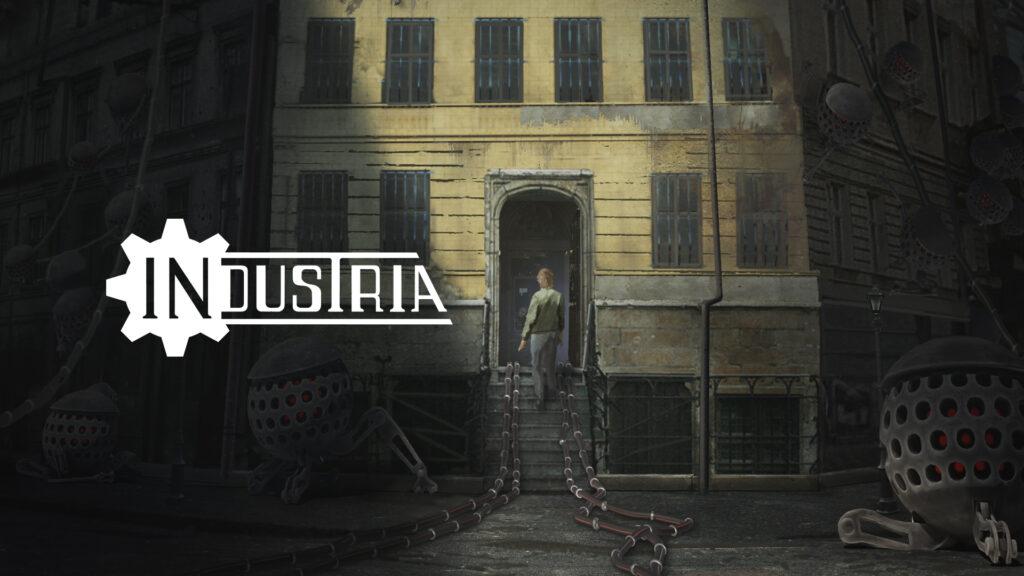
There are so many indie games out there now that there’s literally no way to play them all. As they keep surfacing, the volume is so high that it’s easy for something to get lost in the shuffle. But Industria from indie developer Bleakmill and publishers Headup Games and Thunderful is worth stopping to take a look at.
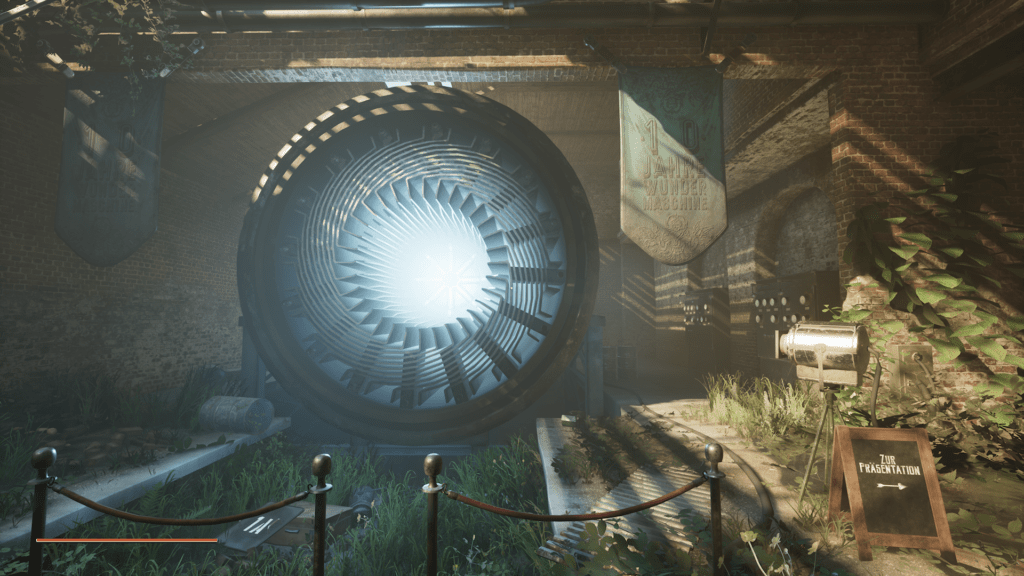
The premise here is a fairly unique one. Industria takes place in Berlin, Germany, the night of the fall of the Berlin Wall in 1989. You play Nora, a woman who works in a secret East Berlin research facility. Her and her boyfriend (husband?) both work at the same place, but strange rumblings from the building send her boyfriend in alone. Nora follows, only to find herself sucked into what seems to be some sort of post-industrial dystopian hellscape filled with weird machinery and vicious robots. Cool, right?
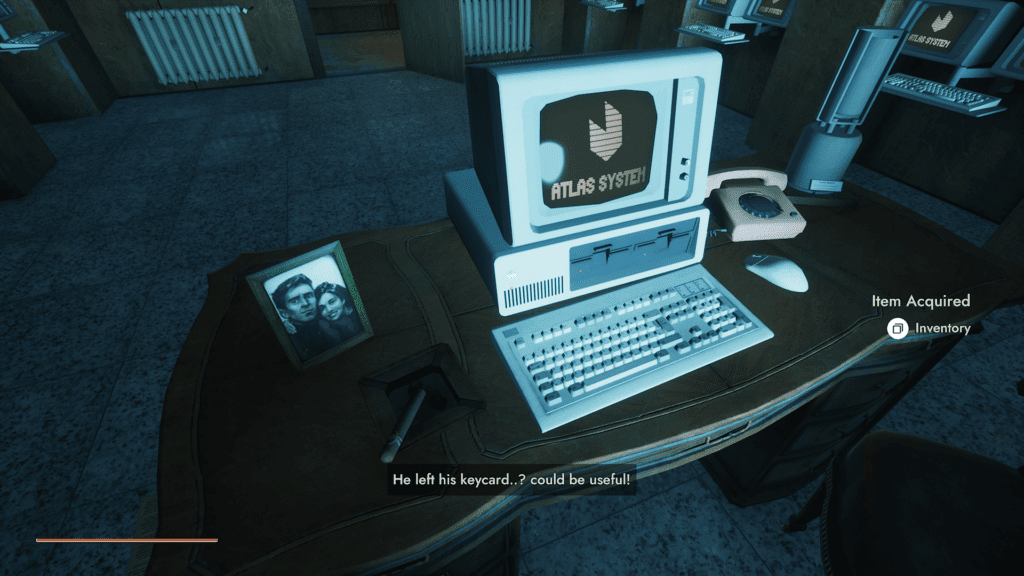
Your job is to find your boyfriend in this bizarre other place, populated only by mechanical monstrosities and a single man who speaks to you over the radio. Everyone else has clearly fallen to the robot uprising and things are not great, to say the least. Keep in mind that Industria is a short game, clocking in at maybe 3-4 hours if you really take your time, so ruining the plot would be terrible but it’s important to note at this point that the ending is abrupt and leaves you with more than a few questions. That being said, the journey and dialogue are interesting and captivating and the gameplay is well-designed.
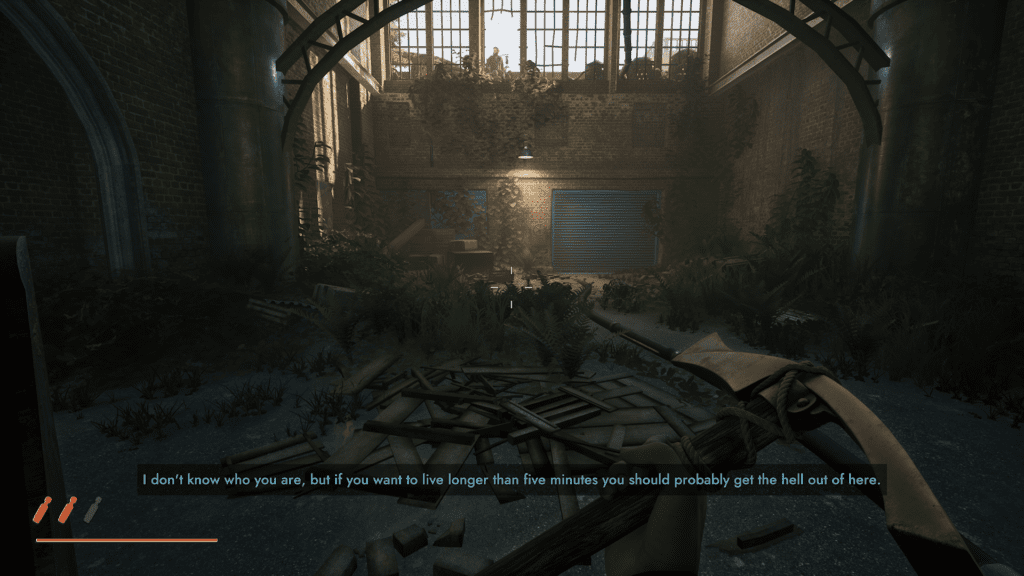
In regards to gameplay, this is a fairly traditional FPS with a handful of traditional weapons to use. No fancy Tesla coil guns or weird buzzsaw weapons here. Just sensible weapons which you can use to fend off the rampaging horde of robots. Well, perhaps horde isn’t the correct term as most of the time, there are only a handful of robots in a given area and in some areas, there is literally nothing at all, just scenery. That’s one of the bigger gripes about Industria. The actual FPS part is excellent but there are far too few enemies on standard difficulty. There’s a ton of ammo too, so you’ll never really run dry of anything for long and the chances of actually dying if you have any previous experience with FPS games is quite low. In fact, through the entire game I died exactly zero times.

That’s not to say there isn’t a bit of challenge, only that there was definitely potential to do more, to really push players to survive and it simply wasn’t capitalized on. You have a targeting reticle that’s always visible, switch between weapons using the d-pad, and items are selected from the menu button. There are a handful of puzzles in Industria as well, but none of them are particularly challenging, only a bit more time consuming than they need to be, further implying a lack of gameplay balance. There’s no real sense of accomplishment if you know what to do but can’t easily achieve it due to the physics of the game, but fortunately, these issues are few and far between.
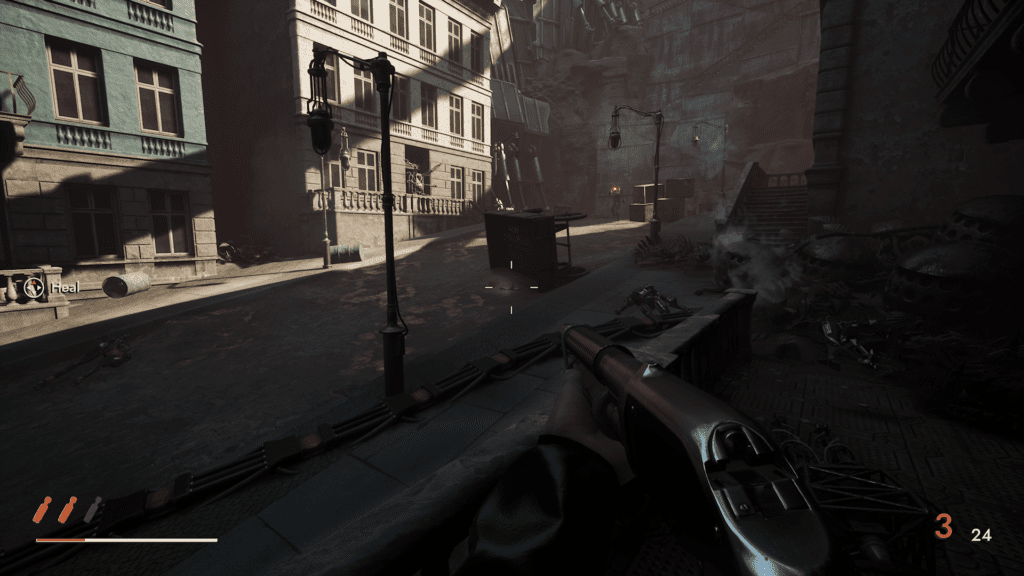
The most important item you’ll have aside from weapons is your flashlight. Industria is spectacularly dark in some areas and a flashlight is a necessity, especially if you don’t want to fall into a mile-deep crevasse. Your battery will drain if you don’t forget to shut it off too, but there are batteries most everywhere and you won’t be in the dark for too long. The devs realized this too and made sure that your light at least sort of functions when the battery is drained. It’s still disturbing when a robot comes flying at you from the dark though.
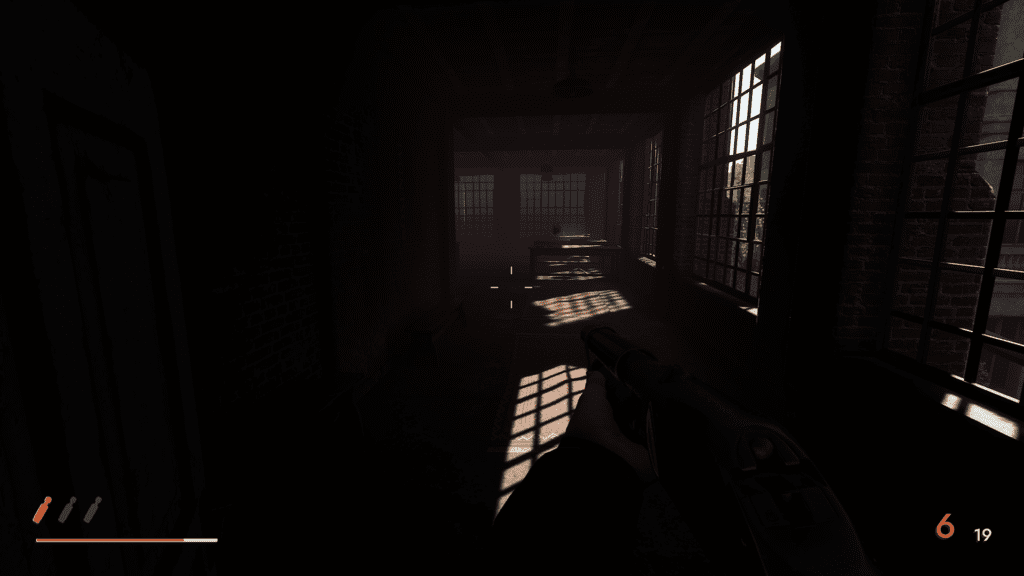
Speaking of robots, there are several types in Industria. Stronger, larger robots are the first you encounter, but there are small suicide bomber type robots that explode in your proximity, sniper robots with machine guns and inaccurate fire, faster robots that run up and slash at you with their arms, and even some weird pig-like robots with buzz saws on their fronts. That’s pretty much the entirety of the enemy list though and as you encounter the same enemies over and over again while you become more powerful, the game feels that much emptier. Variety is the spice of life after all and a slim enemy variety and lack of bosses is a bit of a disappointment in Industria.
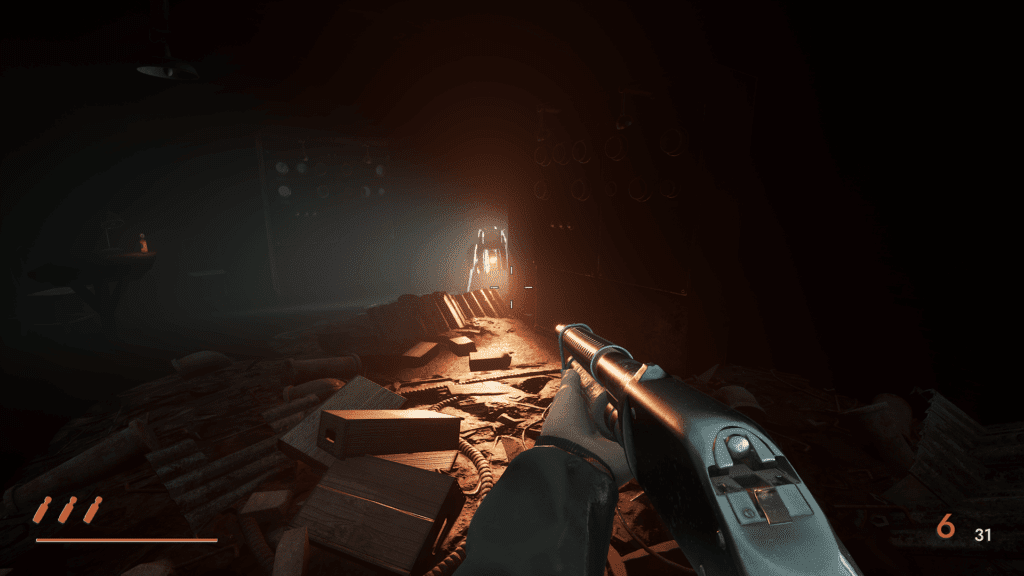
While the story is the main focus here, the overall gameplay is excellent with everything easily accessible and fairly straightforward. There’s no real getting lost in Industria and the level design is solid, making levels feel expansive and interesting even if the maps are actually fairly small. It can be a bit irritating to pick up a random broken board when trying to grab some spare ammo or a health vial, but aside from that, this is a very smooth-running game on the XSX.
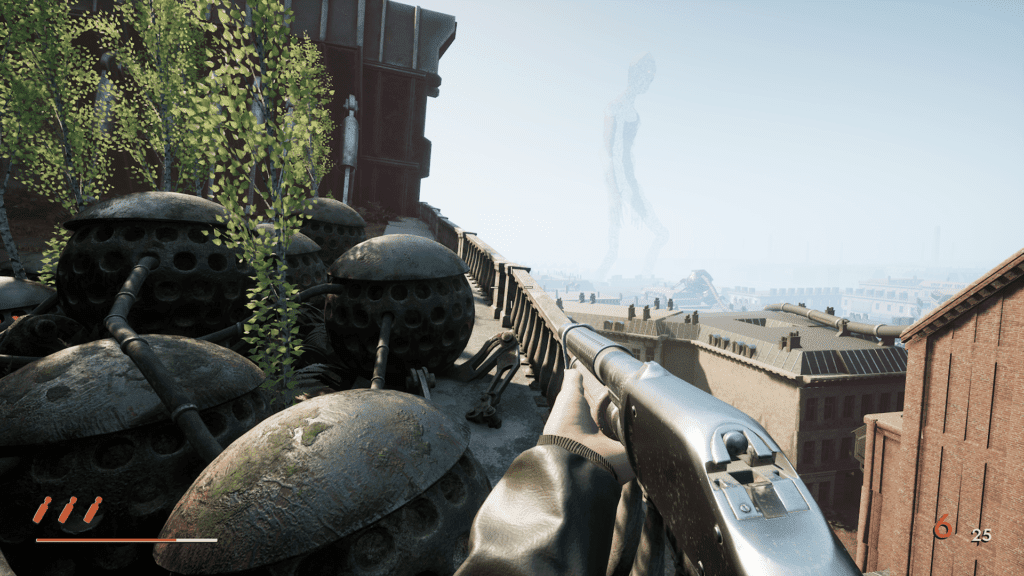
In fact, in addition to the smooth gameplay, the visuals in Industria are quite well done. The dystopian factory areas and cityscapes are detailed and interesting. Sure this is an indie title but some serious thought has been put into the fusion of modern and late ‘80s tech and it all looks suitably interesting. The game is advertised as a Lynchian narrative but nothing is quite as dark as that and it’s certainly not confusing what’s happening so while the visuals might fit right in with a David Lynch film, it’s hard to say the plot shares those qualities. There are a few issues with the graphics though, and some of the background tends to drop out in white polygons around the edges of the screen while turning, but the game is remarkably stable (especially considering some complaints about the PC version) and loads quite fast on the Xbox Series X.

The soundtrack is quite good too, even if it’s a bit soft and suppressed in most areas. When the music does come up, Industria has a very good soundtrack that’s worth a listen if you get the chance. There’s no in-game jukebox though so if you’re playing with the sound low, you’re missing out on both the solid music and the excellent sound design for the robots and background noise in the game. There’s also full voice acting for all the dialogue and the voice actors are quite good, leaving you feeling like the people in the game are much more real than simple text would.
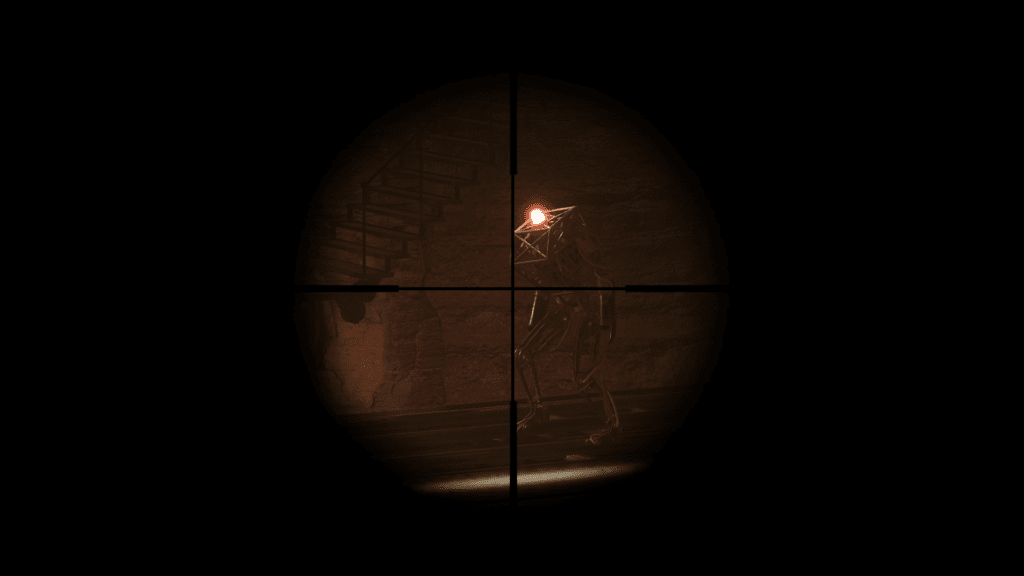
As you wind your way through the abandoned cityscape, the plot is doled out smoothly, keeping player engagement fairly high for the duration of the game. Nothing ever really wears thin in Industria because the game simply doesn’t last that long. The pacing is excellent, especially for this slower type of narrative and the entire experience is a treat. As mentioned earlier, the ending of the game just kind of comes up on you out of nowhere and doesn’t answer much in the way of questions, but aside from that, the entire story is enjoyable and well-crafted. It would be fascinating to see what this team could do with a real budget and an expanded crew, because judging from Industria, they definitely have things well in hand so far!

What you’re really getting for your $20 is a short, well-made game that’s interesting to play and a bit light on deeper gameplay elements. It tries to be strange but doesn’t quite manage to be anything other than straightforward with a few confusing cut scenes that don’t have anything but surface connections to the rest of the game. The price tag might be a bit steep on this one for the amount of content and lack of replay value but there’s no question that Industria is both interesting and fun to play, even if it isn’t triple A material. While you might want to wait for a sale on Industria, it’s definitely still worth your time and an enjoyable experience as well.
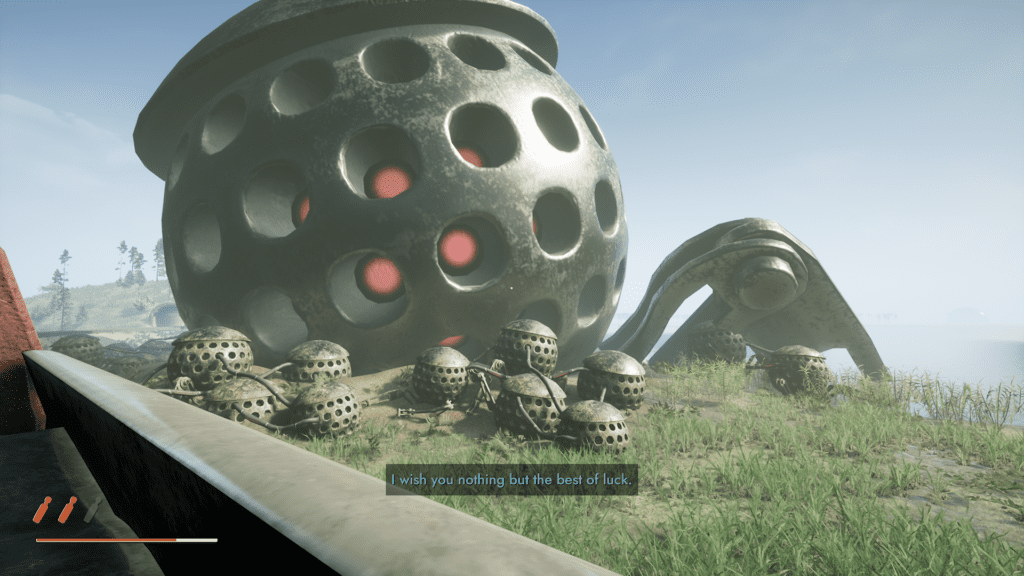
This review is based on a digital copy of Industria provided by the publisher. It was played on an Xbox Series X using a 55” Sony 1080p TV. Industria is also available for PS5 and PC on Steam.

